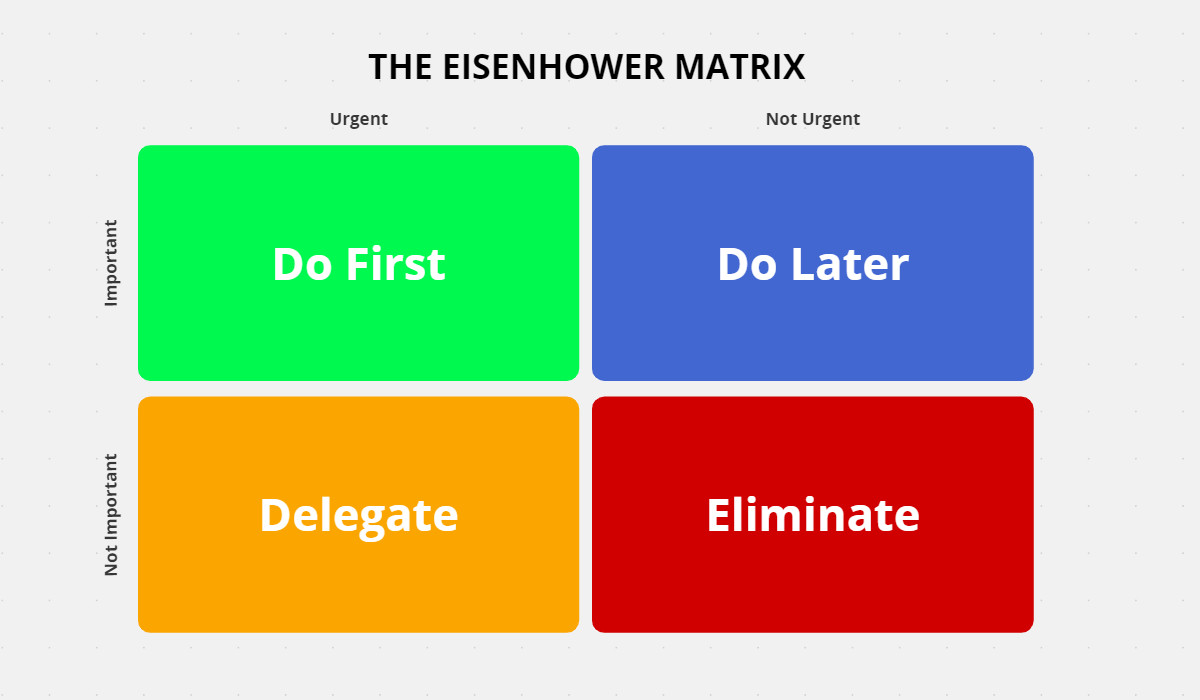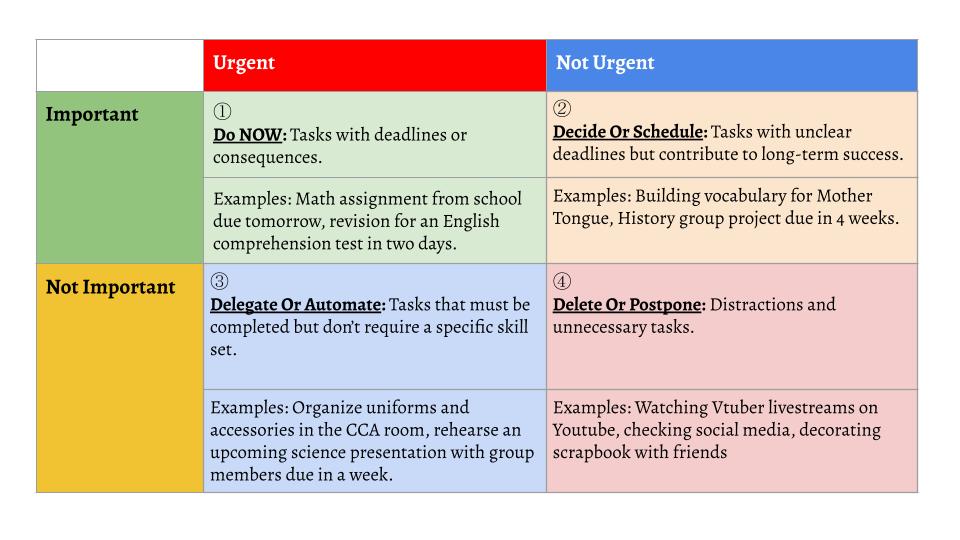- Mar 14, 2025 - 8 min read
Time Management Strategies For Secondary Students

A wise man once said, “Failing to plan is planning to fail”.
By not setting any concrete goals, you’ll face many more arduous obstacles while treading the path towards success. As you’ve realised by now, there are many more responsibilities you must manage in your secondary school life, including school (lessons, CCAs, extracurricular activities), assignments, and after-school activities (tuition, piano lessons, etc.), all hanging in the balance.
With so many commitments, some of you may feel overwhelmed by your hectic schedules. Fortunately, at EduFirst, we would like to assure you that with effort and effective time management strategies, it is possible to balance all aspects of secondary school life.

1. Use A Planner
To help you remember any event or task ahead of schedule, use a monthly planner.
You can download and print our free planner template here. On the planner, write down tasks or after-school activities that are of utmost importance, such as:
- Deadlines (assignments, projects)
- Weighted assessments (WA)
- CCAs
- Extracurricular school activities
- Tuition and after-school activities (piano class, ballet etc.)
Take a look at our sample to better understand how to fill in the planner here.
This allows you to see the bigger picture at a glance. From there, take some time to determine which tasks need to be completed first and how much time is required for urgent tasks. This brings us to…

2. Prioritize Important Tasks
The Priority Matrix is a useful tool for categorizing tasks into four quadrants based on urgency and importance. By sorting tasks into these quadrants, you can visualize what tasks should be completed first and which can be postponed or delegated.

One advantage of using the Priority Matrix is its flexibility. Depending on your timeline, tasks may not always stay in the same quadrant, and you are free to adjust their priority when necessary.
For example, if a history group project is due in two days, shift it from the second to the first quadrant, as it now takes priority over other tasks.

3. Create A To-Do List
What better way to organize your tasks than with a to-do list? A to-do list helps you structure your work into small, medium and large tasks. To get started, download our to-do list template here, and check out our sample here.
If you have a large project that seems overwhelming, break it down into smaller, manageable steps.
For instance, if geometry is included in your upcoming Sec 1 Math weighted assessment in five days, focus on revising individual subtopics daily to ensure thorough preparation.

4. Set Realistic & Specific Goals
If the phrase ‘goal setting’ sounds intimidating, start by setting realistic goals that can be achieved within a specific timeframe. Using Chinese composition as an example:
- Unrealistic goal: Improving your composition writing from a C5 to an A1 in two months without a clear plan.
- Realistic goal: Improving your composition writing from a C5 to a B3 in two months by focusing on specific writing techniques.
Then, think about practical ways to achieve these improvements.
For example, if you have 30 minutes per day for Chinese revision, set a goal to learn five new words daily and use them in sentences to reinforce understanding.
If you need additional support with goal setting, our tutors at EduFirst are more than happy to work with you to develop clear, achievable targets that lead to measurable success.

5. Focus Better By Minimizing Distractions
For students who need structured breaks or struggle with procrastination, the Pomodoro technique is an effective tool to maximize focus.
The Pomodoro technique involves making use of fixed time intervals, typically 25 minutes of focused work followed by a 5-minute break. The interval can be repeated as needed.
Use your phone’s timer or download a Pomodoro app to stay accountable and avoid excessive breaks.

6. Develop A Consistent Routine
You can adopt as many time management strategies as you like, but without a consistent routine, they will be difficult to maintain in the long run.
Start by selecting one or two time management strategies that you can commit to for the next two to four weeks. Everyone is different, so experiment and find what works best for your personal preferences and schedule.
Conclusion
Taking the first step towards proper time management doesn’t need to be an overwhelming ordeal. With proper planning, you will feel less stressed over looming deadlines. It can free up your schedule to give you more free time to pursue your interests.
At Edufirst, we offer primary and secondary tuition to give your child a head start by covering topics aligned with the MOE Primary and Secondary syllabuses. In addition to academic support, our tutors are well-equipped to guide your child to set attainable goals and recommend effective time management strategies tailored to their needs. Drop us a call or a message if you are interested to learn more, and we’ll get in touch with you shortly!
Still on the fence? Register and arrange a trial session with us now!



